
Tape Measure
It’s tough to tackle a DIY project without being able to measure things. Tape measures are easy to use, easy to read and easy to keep on hand. Most beginner DIYers shouldn’t need more than a 25-ft. long tape. And while modern tape measures often come with all sorts of bells and whistles, even the most simple and basic models will more than get the job done.

Screw Driver
If you’ve got a lot of screws to drive in, your best bet is probably reaching for your drill driver (more on that in a bit). But if you’ve got a few screws that need to be handled with more care and precision, a screw driver is the way to go. Screw drivers allow for much more control as you drive the screw in, making it harder to over-torque and strip out screw heads.

Hammer
Any tool belt would feel bare without a hammer hanging from one of its loops. There are many different kinds of hammers with a lot of unique applications. The best way to know which hammer will work best for you is trying one out in person, getting a feel for the grip and weight. Keep in mind that if you’re planning on using this hammer on finished product (i.e. anything with a surface you don’t want to mark up), opt for a hammer with a smooth face as that will leave behind far fewer noticeable dings and dents. Arrange all your tools in one place with this DeWalt ToughSystem 2.0 Rolling Tower.
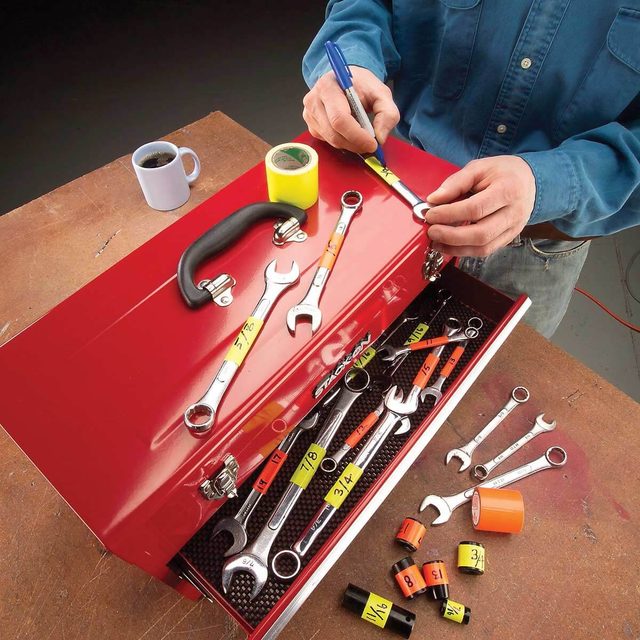
Wrenches
Whether we’re talking monkey, pipe, torque, socket or spud, wrenches are incredibly versatile tools. Keep your wrenches organized so that when you need one for your next project you won’t have to scramble to find it.
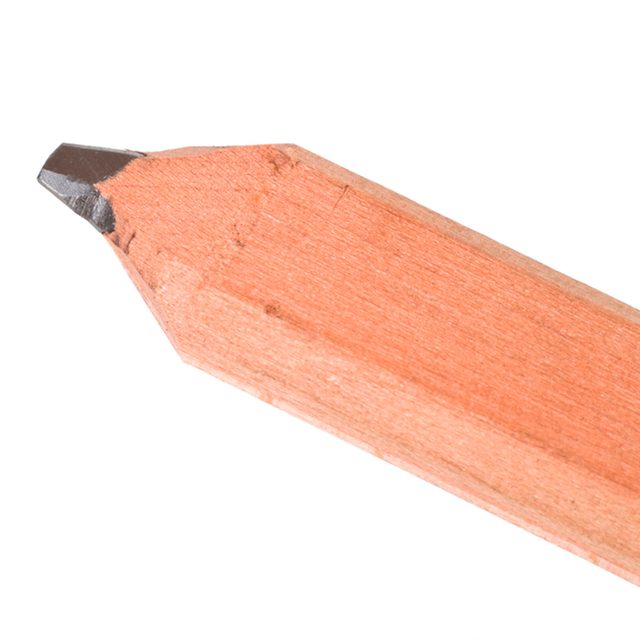
Carpenter’s Pencil
While you might be tempted to run with whatever stubby No. 2 pencil you have stuffed in the back of your junk drawer, using an actual carpenter’s pencil while you work on projects can make a big difference. The size and density of the lead used in carpenter’s pencils allow them to make wide, easily distinguishable marks on a variety of work surfaces including wood, stone, and concrete. Plus, sharpening them is a good time to practice your whittling skills!
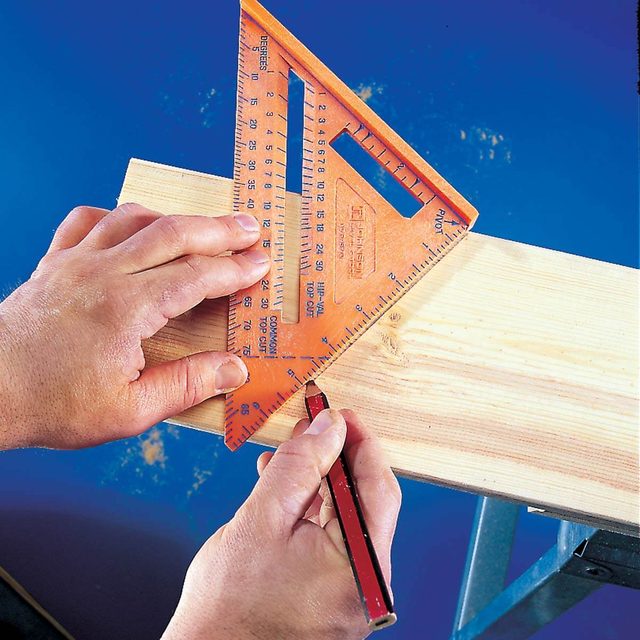
Speed Square
If you’re building any sort of box or frame, being square is important. Speed squares aren’t just good for checking whether or not your corners are all 90 degrees, though. They have a ton of other uses, from marking angles and scribing lines to guiding saw cuts. Check out ten great ways to use your speed square here.
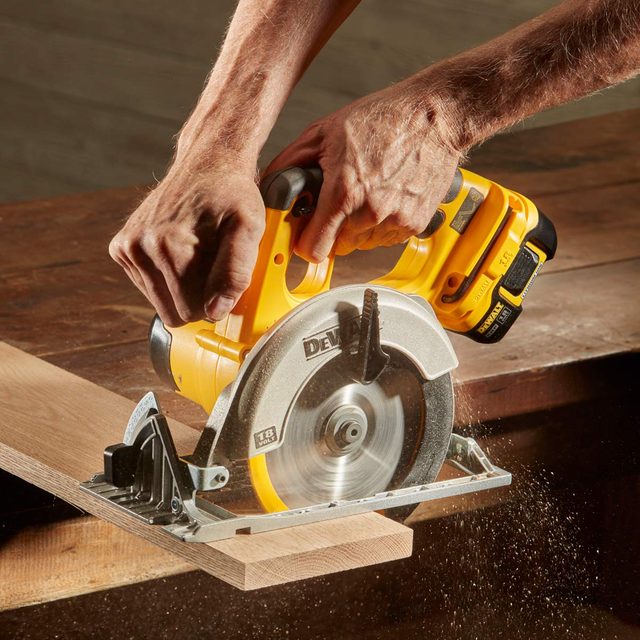
Circular Saw
Circular saws are ideal for making quick, clean cuts through wood. Being able to adjust the depth and angle of the blade makes the circular saw a much more multi-faceted tool than people give it credit for.
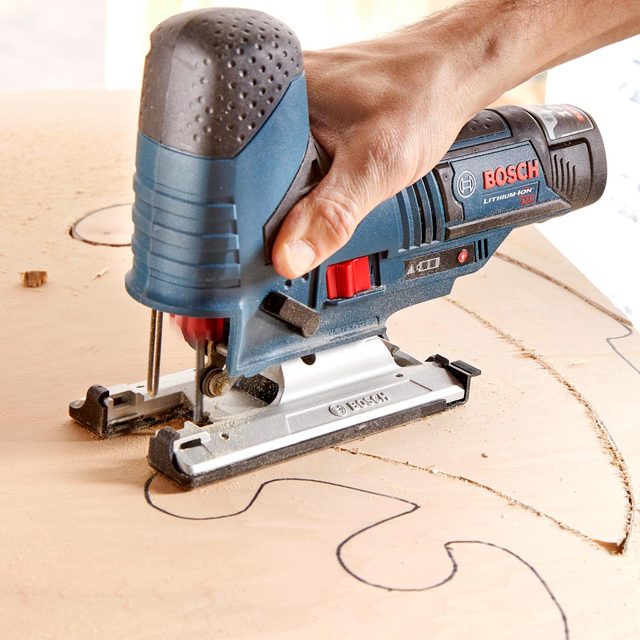
Jigsaw
The thin, downward blade of a jigsaw allows users to cut with much more finesse and precision than they would with a circular saw, making a jigsaw a must-have for many woodworking projects. Cutting with a jigsaw typically requires more of an attention to detail and a steady, practiced hand to operate, but the basics aren’t too tricky to learn.

Drill Driver
A drill driver is an absolutely essential tool for any project that requires a lot of screws. Find one with a solid battery and invest in a good set of drill bits so that you’re prepared no matter how long or complex a project turns out to be.
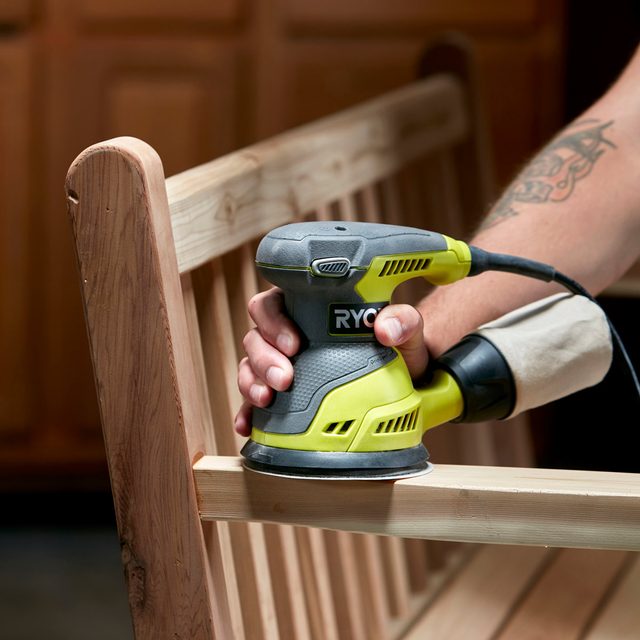
Palm Sander
While sometimes menial and physically demanding, sanding is the step that takes a good-looking project and turns it into a great-looking one. Having a high-quality belt-sander and a little sanding know-how will make the taxing task of sanding a much more rewarding endeavor.